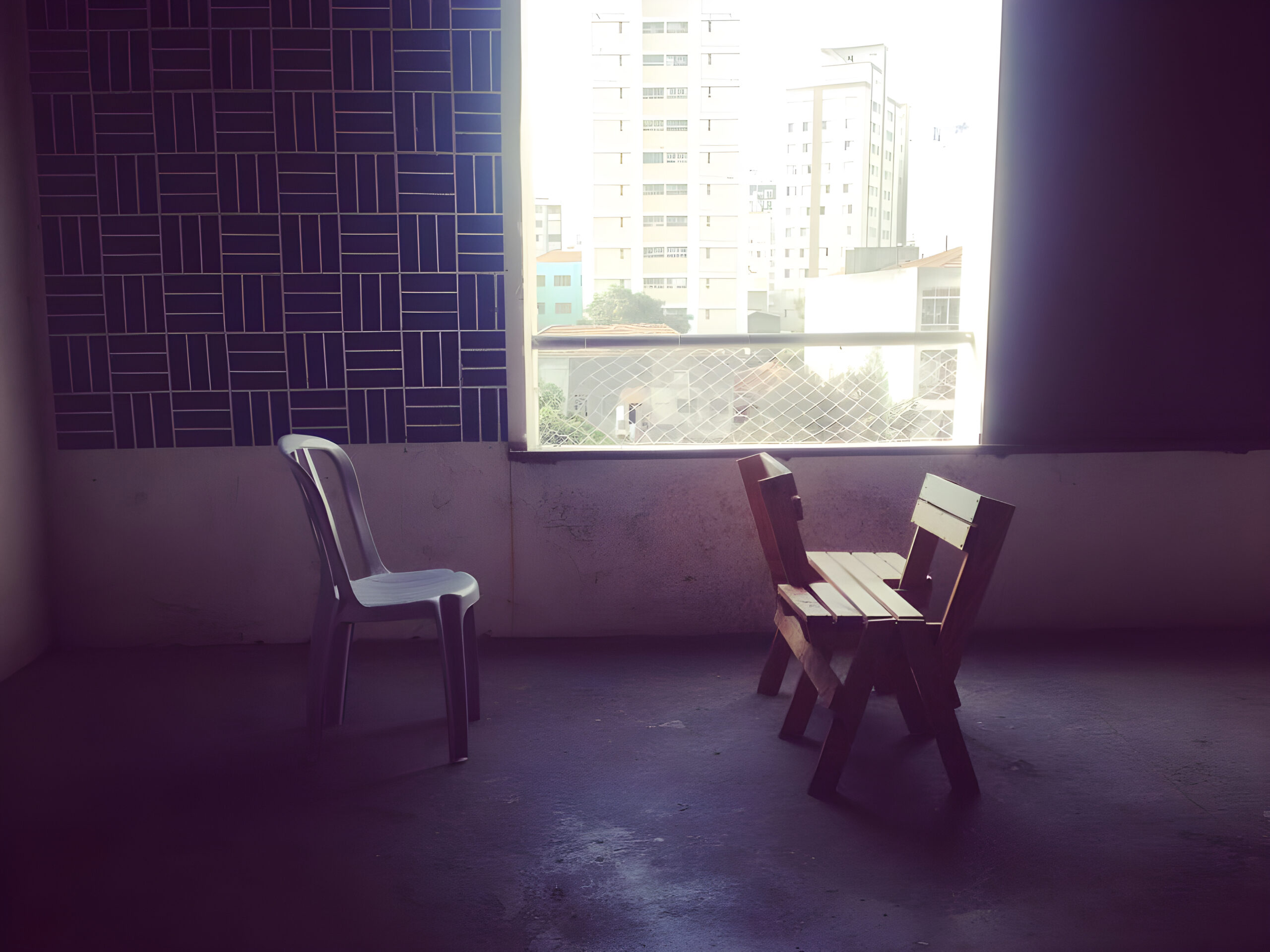The launch took place at Swedenborg House on 16 September 2024, with commentaries by Raluca Soreanu, Rodrigo Nunes, Stephen Frosh and Kati Gray.

In a festive atmosphere, on the evening of September 16, colleagues of the psychosocial and psychoanalytic community (and not only!) came together at Swedenborg House, to celebrate the launch of Ana Minozzo’s monograph, Anxiety as Vibration: A Psychosocial Cartography, which was published by Palgrave, in 2024, in Open Access format. The book is part of the Studies in the Psychosocial Series, edited by Stephen Frosh, Raluca Soreanu and Hannah Zeavin, and it is the first Open Access volume of the Series.
Anxiety as Vibration draws on the work of Deleuze and Guattari alongside Lacan and Freud to offer a radical psychosocial survey of the status of anxiety. Taking a multidisciplinary approach, the book examines key issues in contemporary diagnosis and points towards possibilities for forging a more creative clinic. Departing from a feminist, non-Oedipal positioning towards psychoanalytic texts, the author invites art theory, medical humanities and philosophy into a conversation that seeks to answer the question: What can anxiety do?
Here, Ana Minozzo explores the possibilities of an encounter with the Real as a sphere of excessive affect in psychoanalysis, and terms this meeting a ‘vibration’. Situating this enquiry within the art practice of Lygia Clark, the book utilises vibration as a conceptual artifice when considering affects, their ethical horizons and a psychoanalytic possibility for creating new ways of living. This book offers exciting new perspective on anxiety for students, clinical trainees, art and humanities researchers and practitioners and those interested in psychoanalytic ideas in general.
During the launch, the book was recommended as a psychosocial composition at its best, in commentaries by psychoanalyst Raluca Soreanu, philosopher Rodrigo Nunes, psychosocial thinker Stephen Frosh and psychoanalyst Kati Gray.

From the very first pages of the book, Ana Minozzo announces to the reader that they will be taken on a ‘long deep walk toward the creative clinic of [anxiety]’. And it is indeed a walk, a journey, a writing in movement. One of the most important virtues of the book is that it accomplishes a kind of transversality in relation to knowledge domains, making cuts into psychoanalytic theory, philosophy, psychosocial studies, medical humanities, while also interweaving feminist voices.
On the evening, Raluca Soreanu called it ‘a book of no heroes’. The readers are offered an exceptionally detailed scholarly investigation of the psychic life of anxiety in Freud and Lacan – which is why this book is a treasure for students and trainees in psychoanalysis. There is a steady Freud-walk, and a steady Lacan-walk in this book, which is insightful and thorough. But then there comes another walk, again with no heroes, circling the idea of ‘vibration’, and where thinkers such as Deleuze, Guatarri, Suely Rolnik, Rosi Braidotti or artist Lygia Clark have their place. Ultimately, the book is about a kind of subjectivity that withstands the tension that destabilizes it and that does so long enough to make possible the creation of a world, with its language, its senses, its materiality.
Raluca Soreanu commented on three questions of the book that articulate themselves into a constellation, or a productive machine for thinking through anxiety. The three questions are: ‘what can anxiety do?’, ‘what can we do with anxiety?’ & ‘what has been done to anxiety?’. By asking these questions, Ana Minozzo thinks through what psychoanalysis does, or what can it do, to address psychic suffering, while at the same time opening possibilities for new ways of living, new worlds. The author calls anxiety a ‘looking-glass’, in order to think through a psychoanalytic praxis beyond what Suely Rolnik calls the ‘pimping of Life’ in her book Spheres of Insurrection (2023): this basically means beyond the modern humanist, patriarchal and colonial inheritance that still haunts psychoanalysis, both its theory and practice.
The four speakers focused on different aspects of the book and launched a series of questions and provocations. Raluca Soreanu spoke about the creative intersection of the dispositif of art and the dispositif of psychoanalysis in Ana Minozzo’s book and asked about the possibilities of alliance between art and psychoanalysis. Stephen Frosh took the audience back in time to Ana Minozzo’s PhD years, and painted a lively picture of the equally lively and inspiring author. Rodrigo Nunes asked about the importance of anxiety in the face of ecological disasters and other contemporary crises. Kati Gray commented on the clinical relevance of the book and on the possibility of a clinic of anxiety.

The FREEPSY team congratulates Ana Minozzo and warmly recommends this book!
You can download it here, in Open Access, from Palgrave’s webpage.

